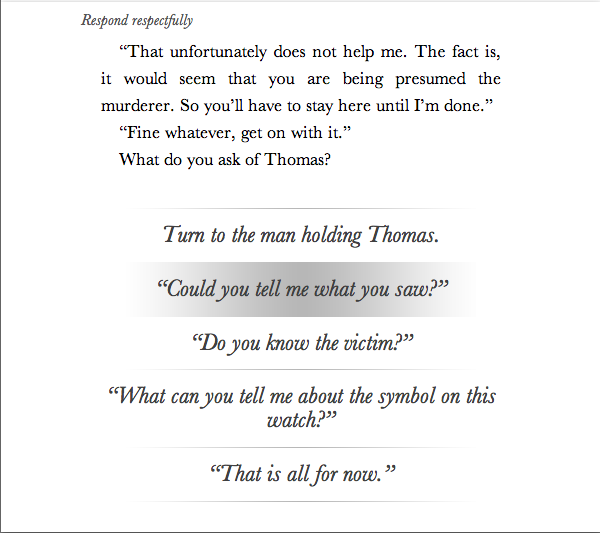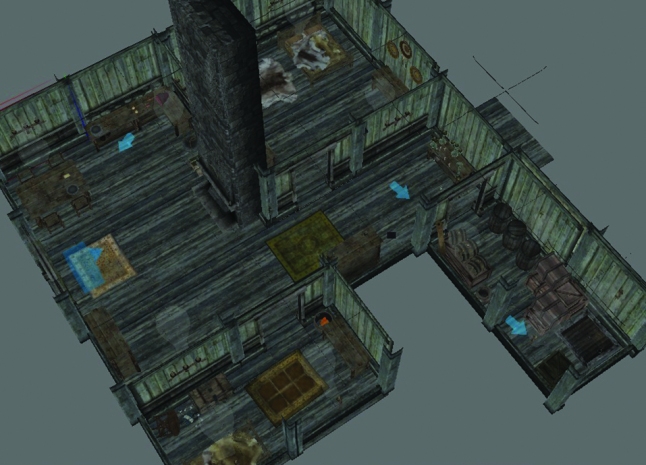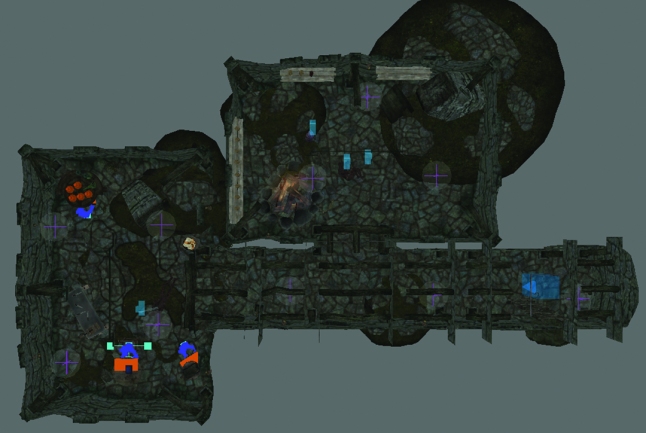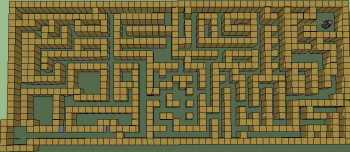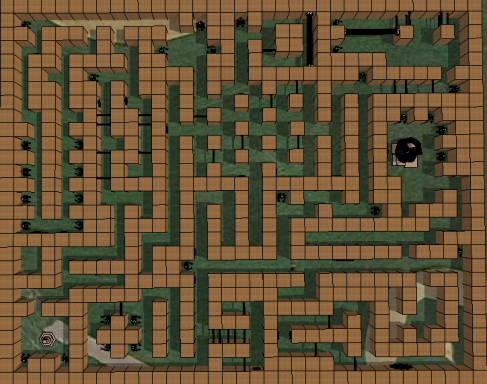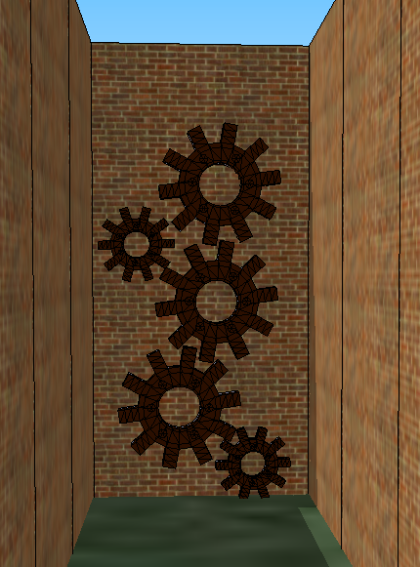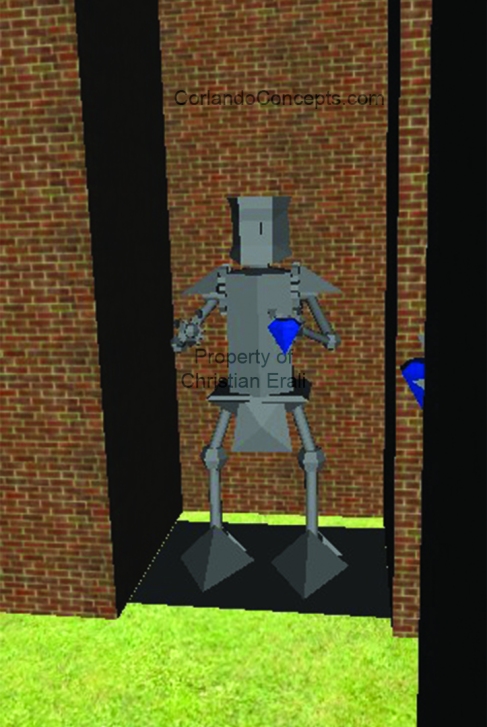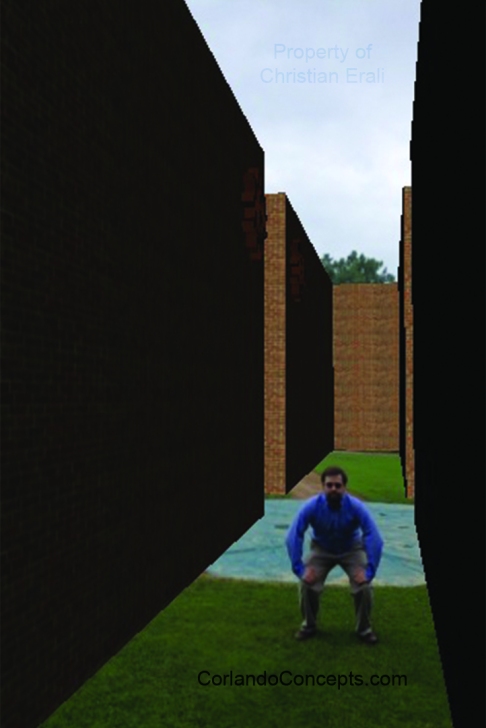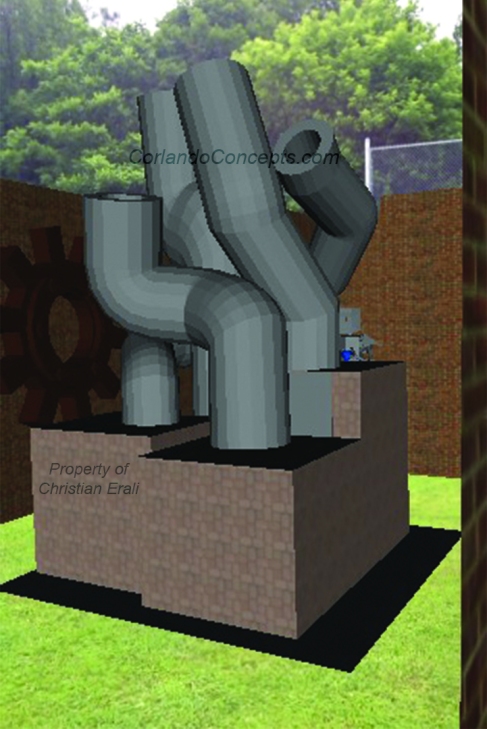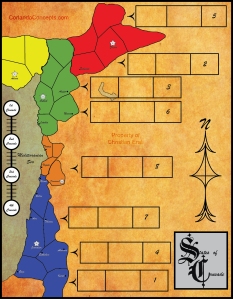Here is a link to the story: http://writer.inklestudios.com/stories/bx6g
For as long as I have been gaming, one of the things I have always wanted to explore was the process of creating a branching story. I have played many of these types of games over the years such as the Mass Effect series and The Wolf Among Us, each of which gave me the joy of creating my own path through the story, exploring and playing as I desired. So, when I learned that Champlain College was offering a course in interactive storytelling, I eagerly signed up waiting for an opportunity to stretch my writing muscles.
The course was quite interesting and the individual who taught it, Professor Greg Bemis, insured there was always time for discussion and debate on narrative subjects, and challenged us to explore spaces and techniques we had, up until that point, only had the chance to play through. The course covered many topics such as environmental storytelling, writing dialogue, and even script writing. However, the final project was by far the most interesting as the goal was simple, “take something you have already explored in this class, and make it better.” This left me with quite a few options and I wanted to explore them all, but I finally settled on seeing how far I could push the program Inklewriter.
Inklewriter is an online program that allows for the easy creation of branching stories and dialogue. At first glance, people have been hard-pressed to not comment on how Inklewriter reminds them of the old choose your adventure books except without the arbitrary, “If you wish to do this, go to page 34. If you do this, go to page 96.” Inklewriter is so much more expansive on this idea as not only can it keep track of certain variables and values, but also if a writer deems it necessary, certain choices will not appear to the player based on the player’s choices. However, this is just the bare minimum of what can be done with the program. With Inklewriter, a designer can also add in simple sentences or whole paragraphs that only appear based on what the player chose without having to rewrite whole sections. Add in the ability to keep counters and track a player’s responses, discovered an item, or gone through a particular section, writers have the mechanics to create robust, multifaceted stories without the frustration and difficulty of learning a brand new game or dialogue engine.

Above is a section from the teen suspect’s path. This feature allows for the quick navigation of the story and lets writers to see how well their story is structured.
The story I decided to rewrite I had initially planned as a potential quest for my thesis project. This was to be the trial of the dialogue trees, testing to see if the quest was both interesting and logical. Even though the quest ultimately did not make it into the thesis, it was still fun to write the quest and explore Inklewriter as in depth as I did.
In short, the quest is a murder mystery. The player takes on the role of a town guard and after choosing a few attributes such as their age and purpose for joining the guards, the player is tasked with investigating three potential suspects. Through talking with the characters, investigating the body, and scouring the general area, the player can obtain clues that help to incriminate the suspects. It falls on the player’s shoulders to slam the gavel of judgment down on one of the suspects, provided they obtain enough evidence to do so. Using the systems of Inklewriter, I endeavored to create a complex system where the player was given certain clues depending on the attributes they chose, but did not receive other clues. Players could find these clues through careful investigation, but it was more likely they would miss the clues entirely. The player also had to be mindful of their dialogue choices for if they were too rude or offensive to some of the suspects, the suspects would ultimately withhold information that would later lead to important evidence. I also made a note to have some of the characters actually incriminate one of the other suspects, in hopes of leading the player astray. Lastly, I included a state in the game where if the player failed to obtain enough information to incriminate any of the suspects, the player was forced to end the investigation, allowing the murderer to escape.

Here is a small example of the tagging and conditional system. If a player chose to be old, they would see the first paragraph, not the second. If the player chose to be young, they would see the second, but not the first. I used this system to give certain perks and unique evidence to certain attributes.
To say that the draft of the story I ultimately ended up submitting, and the one you can find below, is exactly what I had in mind when writing the story would not be true. Due to the end of the semester crunch, I was unable to implement certain features that I felt would be needed to truly make the story what I really wanted it to be. For example, some of the attributes the player can choose, mainly the motivation to help others and the blunt demeanor, fail to have some form of negative that would make them less desirable over their counterparts. Adding this negative side in would have allowed for more unique experiences on each run as the suspects could have much more dynamic responses based on the chosen attributes. Another aspect I would have liked to rework if given enough time would have been trying to insure the two false suspects were slightly more suspicious. This would lead the player to have more doubt about their choice and force the player to be as discerning as possible. I definitely would have liked more time to just streamline the whole story and quest as well. There are some clues that have a rather arbitrary route to them, almost on the same level as the old point-and-click adventure games such as knowing ahead of time to pluck the bamboo in chapter one so you can appease the panda in chapter five. Thankfully, none of the clues are that obtuse, but a more streamlined story would be better none the less. Lastly, I also would have loved more time to just make the story more complex. Adding in at least one more suspect, maybe adding an accomplice that could be bribed, and of course more clues to further either incriminate one suspect or deflect attention from another. This story still has plenty of potential and I feel a few more drafts of it as well as gaining more experience with Inklewriter’s systems would lead to an overall better product. That being said, I am still happy with this draft of the story and encourage you to read it if you have time.
Here is a link to the story: http://writer.inklestudios.com/stories/bx6g
